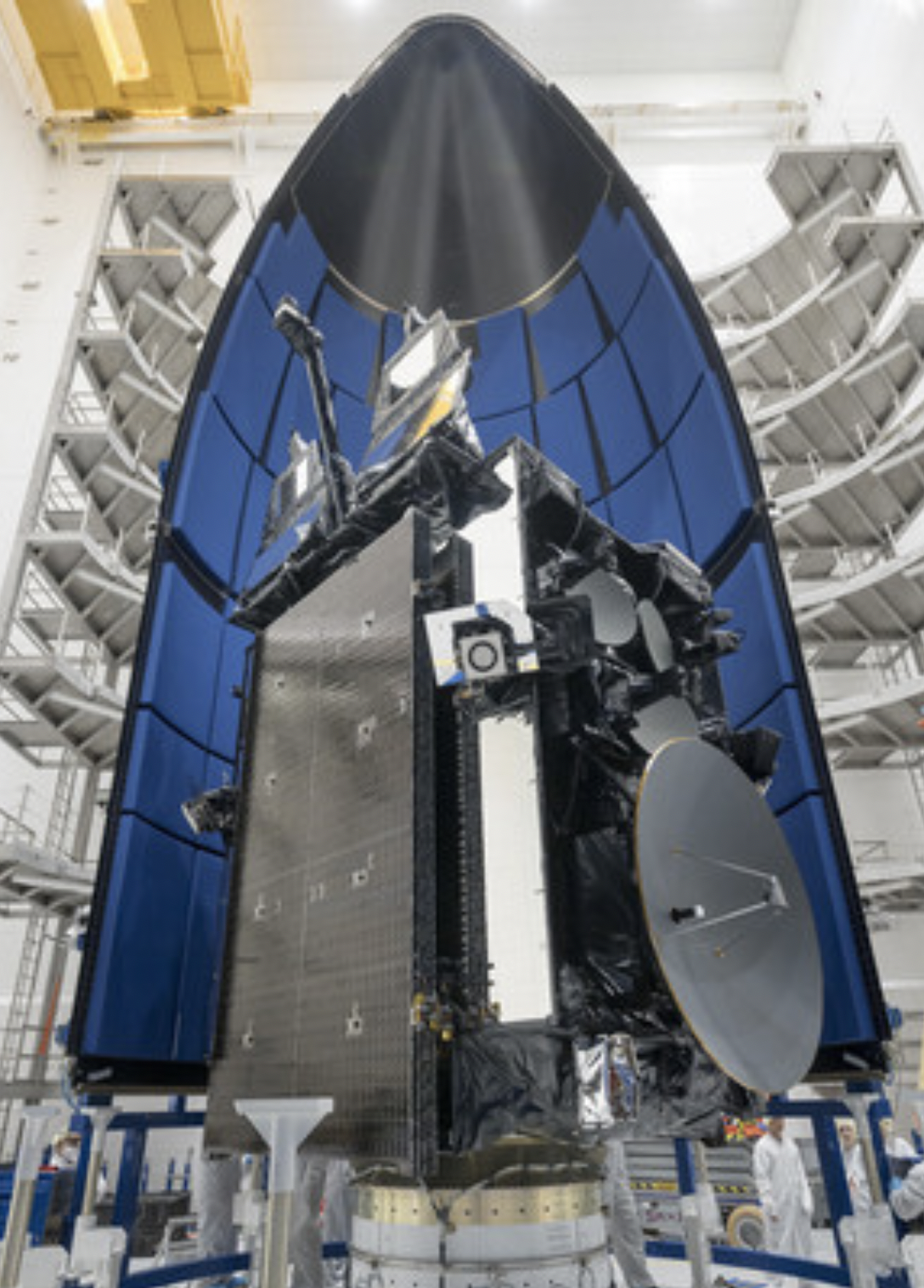
The 11th Block IIF GPS satellite was launched successfully today (October 31, 2015) following a 24-hour delay caused by a glitch in ground equipment on Friday.
Lift-off took place at 12:13 p.m. (EDT) at the opening of a 19-minute launch window.The U.S. Air Force has achieved the first successful command and control of the spacecraft.
The 11th Block IIF GPS satellite was launched successfully today (October 31, 2015) following a 24-hour delay caused by a glitch in ground equipment on Friday.
Lift-off took place at 12:13 p.m. (EDT) at the opening of a 19-minute launch window.The U.S. Air Force has achieved the first successful command and control of the spacecraft.
A leaky valve in the launch pad water suppression system had delayed the planned lift-off of the next-to-last GPS Block IIF satellite on October 30.
The water suppression system is part of the ground support equipment at Cape Canaveral Air Force Base, Florida, where GPS IIF-11 is awaiting launch on board an Atlas V rocket. The system is designed to cushion the rocket and its payload from the shock and vibration created during launch.
The incident thwarted plans to show live video of the launch during a GPS system update at the Space-Based Positioning, Navigation, and Timing (PNT) Advisory Board in Boulder, Colorado. Major General David Thompson, Vice Commander, U.S. Air Force Space Command, and Col. Shawn Brennan, GPS Transition Director, for the GPS Directorate, reassured the board that the temporary setback would have no material effect on GPS performance.
The GPS constellation currently has 31 operational satellites in orbit and numerous on-orbit spares to sustain a program that formally only must provide 24 space vehicles (SVs) and 3 active spares. In his report on the system status and GPS modernization, Brennan reported that during the last year GPS signal-in-space user range error (URE) averaged 0.7 meters, well below the several-meter level in the current specifications for the system.
Once launched, GPS IIF-11 (SVN-73) will be placed in orbital plane E and slot 2 of the constellation and identified by the pseudorandom noise (PRN) code number 10.






